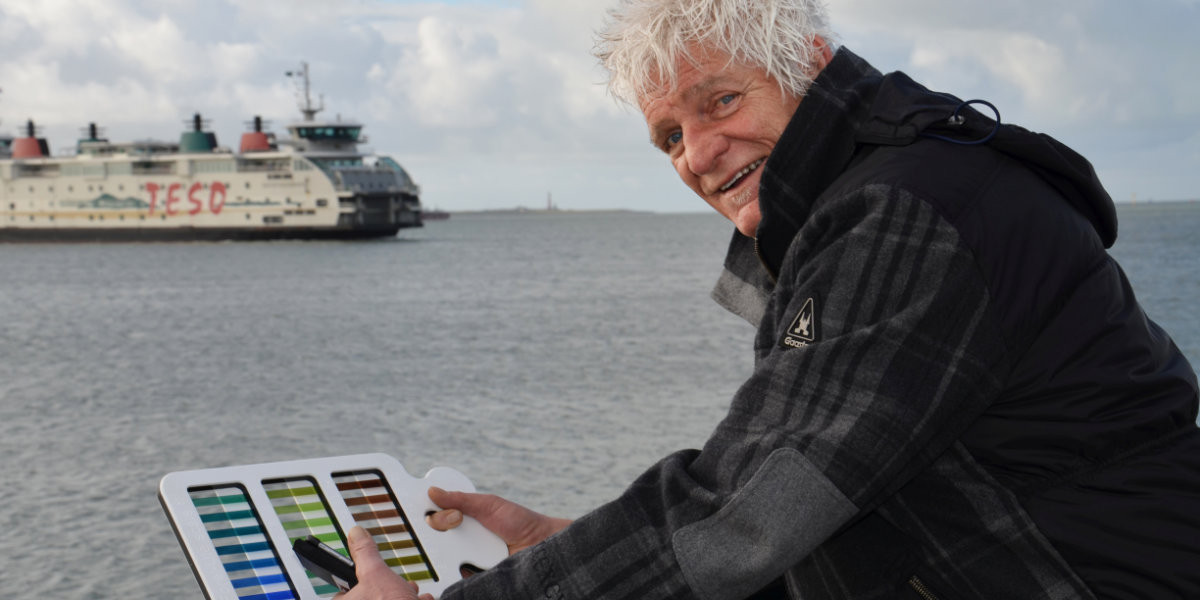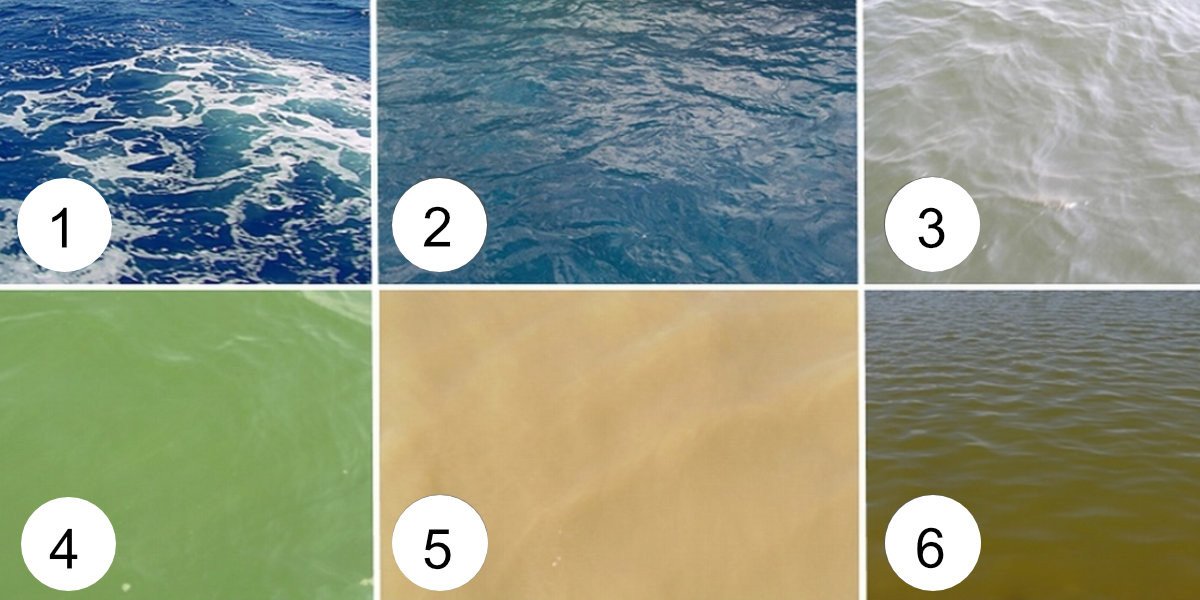App measures colour palette of lakes, seas, and oceans
The colour of water is determined by dissolved substances and suspended particles. The colour of natural water has been recorded on the Forel-Ule scale aboard ships since 1889. Long-term analyses of the Forel-Ule data yield a varied picture with regard to the degree of colour change for each region. Changes in algae concentrations turn some seas and oceans bluer (fewer algae) and other greener (more algae), but the patterns also change over time. Algae form the foundation (‘the grass’) of the worldwide food web; without algae there would not be any mussels, fish, birds, or marine mammals. Dissolved organic substances from dead plants and sediment turn the water yellow or brown. This can mainly be seen in freshwater and coastal areas.
On large surfaces, these patterns can be linked to satellite observations. This shows that the link between plankton and climate change is altering not so much on a global as on a regional scale. Observation satellites and local measurement stations enable scientists to monitor large areas of sea.
Citizen Science with an App
This research can now be widened to include colour measurements by the general public using the ‘Water on Eye’ app. The measurements by the app on ground level can be used to validate satellite data. A huge advantage of the app over satellites is that it can also be used on cloudy days. The app is available on Android and Apple smartphones. The principle: you take a picture and compare it to the Forel-Ule scale with 21 standard water colours. Select the colour that is most similar and the app sends the information, including time, date and GPS coordinates, to the central database. In this way, a large database is created. These ‘citizen data’ will be used by oceanographers, marine biologists, and water managers for long-term analyses of water pollution, climatic effects etc.
The initiative for developing this app was taken as part of the EU project ‘Citizens’ Observatory for Coast and Ocean Optical Monitoring’ (Citclops), which has now finished. The EyeonWater colour app was developed by NIOZ Royal Netherlands Institute for Sea Research, the company Marine Information Service (MARIS), and media company Veerder as part of this project.
Colour is one of the most conspicuous characteristics that can be used to typify natural water. The apparent colour is the result of various suspended and dissolved substances in the water column. There are 3 important natural substances that affect the colour and clarity of the water: i) the pigment chlorophyll from phytoplankton; ii) suspended particles such as fine sand and minerals (milky, from grey to brownish black); and iii) dissolved material from dead plants (yellow to brownish).

